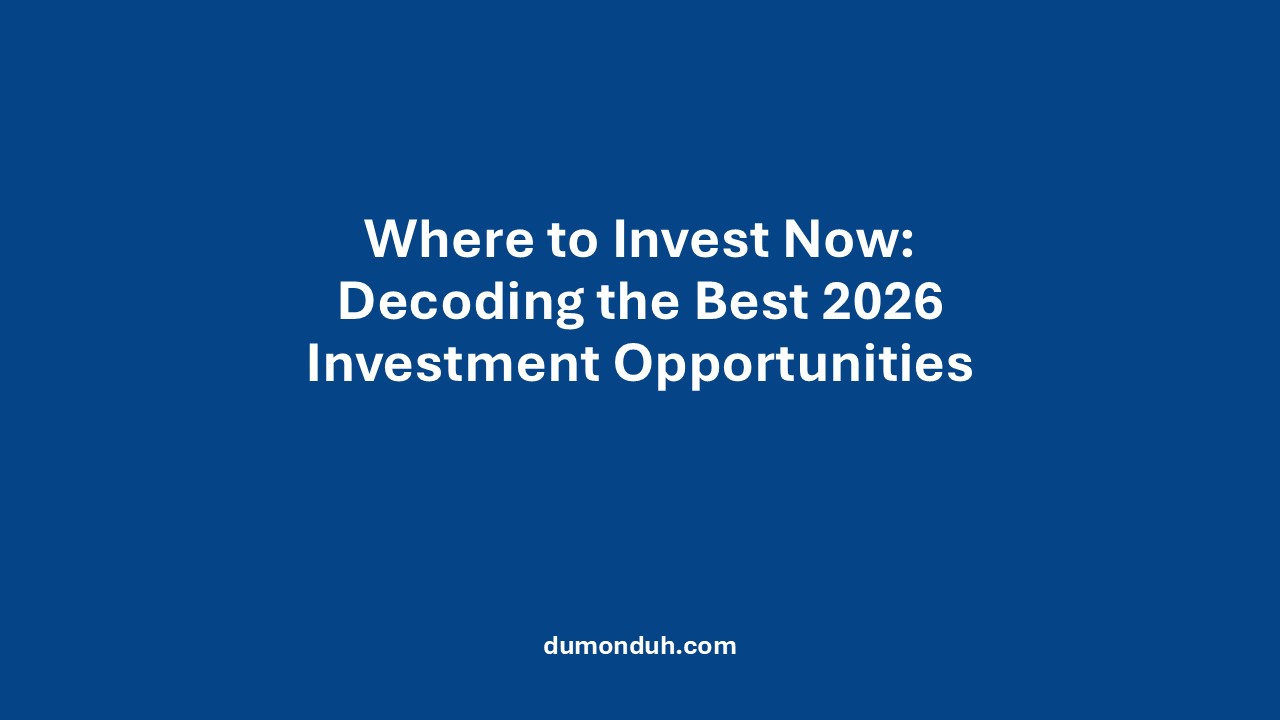The year 2026 presents distinct 2026 investment opportunities compared to recent years: the accelerating adoption of Artificial Intelligence (AI), a surge in renewable energy investment, the emergence of the hydrogen economy, and a capital shift toward infrastructure and emerging markets. This article summarizes the top sectors, the rationale behind their potential, practical investment strategies, and critical risks to consider.
1. Artificial Intelligence (AI) — Massive Opportunity, High Volatility
AI continues to be the primary driver of economic growth and industrial transformation. Major reports project global AI spending to remain substantial in 2026, with supporting technology markets (chips, cloud services, generative software) becoming key investment magnets. Companies providing AI infrastructure (e.g., chip makers and cloud service providers) and startups offering vertical solutions (healthcare AI, fintech AI) are priority targets for investors.
Reference: crn.com
- Strategy: Invest in technology/AI ETFs, shares of infrastructure providers (with fair valuation), and Venture Capital (VC) or Private Equity (PE) for early-stage startup exposure.
- Risks: Valuation shocks, evolving AI-related regulation, and a potential deceleration in the enterprise cloud capital expenditure cycle. Reference: investors.com
2. Renewable Energy & Power Infrastructure — Strong Fundamentals
Investment in solar, wind, and energy storage remains a core global pillar. Data shows global renewables investment continues its upward trend, with significant new capacity projected between 2025–2030, driven by declining module costs and supportive clean energy policies worldwide. Clean power projects, utility-scale battery storage, and smart grid distribution networks are highly attractive assets.
Reference: IEA
- Strategy: Energy infrastructure Real Estate Investment Trusts (REITs), clean energy ETFs, or direct participation in project financing via green bonds.
- Risks: Unpredictable changes in subsidy policies, supply chain vulnerabilities, and project delays due to complex permitting processes.
3. Hydrogen (Green Hydrogen) — Medium-to-Long-Term Investment
Green hydrogen is receiving substantial attention as a promising decarbonization solution for heavy industry, long-haul shipping, and certain specialized transport sectors. Industry reports estimate the hydrogen market will experience rapid growth toward the end of the decade, though scalability and cost remain initial hurdles. Early investments have the potential for outsized returns if technology costs decline and commercial-scale projects are successfully deployed.
Reference: compass.hydrogencouncil.com
- Strategy: Gaining exposure through established energy companies expanding into hydrogen production, or specialized clean energy thematic funds.
- Risks: Electrolyzer technology remains expensive and is heavily dependent on the cost and availability of renewable electricity.
4. Infrastructure & Real Assets — Inflation Hedge and Stable Yield
Amid ongoing macroeconomic uncertainty, infrastructure (telecommunications, data centers, transport logistics) and other real assets offer a capital safe haven by providing stable, often inflation-linked, cash flows. The demand for data centers is spiking in parallel with increased AI adoption and digitalization—cementing data centers as a strategic, high-demand asset class.
Reference: Reuters
- Strategy: Selectively choosing Data Center REITs, investing in green infrastructure funds, or purchasing stable project-backed bonds.
- Risks: Elevated capital costs due to higher interest rates, regulatory changes, and geographic concentration risk.
5. Emerging Markets (EM) — Growth & Diversification
The IMF and various market analysts indicate that a large portion of global growth in 2026 will originate from emerging markets—spurred by strong domestic consumption and ongoing infrastructure investment. For global investors, a selective exposure to countries with robust macro fundamentals and commitment to structural reforms can significantly boost overall portfolio returns.
Reference: opisas.com
- Strategy: Broad Emerging Market ETFs, selective single-country equity, or regional private equity/debt funds.
- Risks: Currency fluctuations, political instability, and corporate governance deficiencies.
6. Added Information: Cyber Security & Quantum Computing (The Digital Defense)
To complement the massive push into AI and digital infrastructure, investments in advanced Cyber Security solutions are paramount. The complexity of AI models and the rise of geopolitical risks necessitate next-generation defense systems. Furthermore, while still nascent, the foundational companies developing Quantum Computing hardware and algorithms present a highly speculative, yet potentially paradigm-shifting, long-term opportunity that is structurally separate from conventional tech cycles.
- Strategy: Focus on pure-play cyber security ETFs, or direct exposure to leaders in secure cloud infrastructure and quantum technology patents.
- Risks: Rapid technology obsolescence, high valuation multiples, and the extremely long-term horizon required for Quantum Computing realization.
Related : Investment Basics: A Beginner’s Guide to Building Wealth in a Global Economy
How to Structure Your 2026 Portfolio (A Practical Approach)
- Thematic Allocation (20–40%): Dedicated to high-growth areas like AI, clean energy, and hydrogen.
- Conservative Core (40–60%): Comprising quality bonds, cash equivalents, and inflation-hedging assets like REITs/Infrastructure for overall stability.
- Geographic Diversification (10–20%): Selective exposure to emerging markets for growth upside potential.
- Portfolio Hedge: Utilize strategic hedges such as gold or key energy transition commodities (e.g., lithium, copper).
Always perform thorough due diligence, strictly monitor asset valuations, and align the speculative portion of your portfolio precisely with your personal risk tolerance.
Macro Risks & What to Monitor
- Monetary Policy & Inflation: The trajectory of interest rates remains the primary factor determining the present valuation of all risky assets.
- Technology Regulation (AI): Restrictive new legislation or novel taxation models could significantly impact the long-term profitability of major tech firms. Reference: crn.com
- Energy Availability & Supply Chain: Disruptions in key raw materials and energy access directly influence the cost and timeline of renewable and hydrogen projects. Reference: IEA
Conclusion — Big Opportunities, Selectivity is Key
The year 2026 offers numerous distinct avenues for investment: AI and data centers for technological growth; renewables and hydrogen for the necessary energy transition; infrastructure and real assets for stability and inflation protection; and emerging markets for geographical expansion. Successfully navigating these 2026 investment opportunities requires an approach that emphasizes selectivity, robust risk management, and an investment horizon aligned with the character of each asset class.

